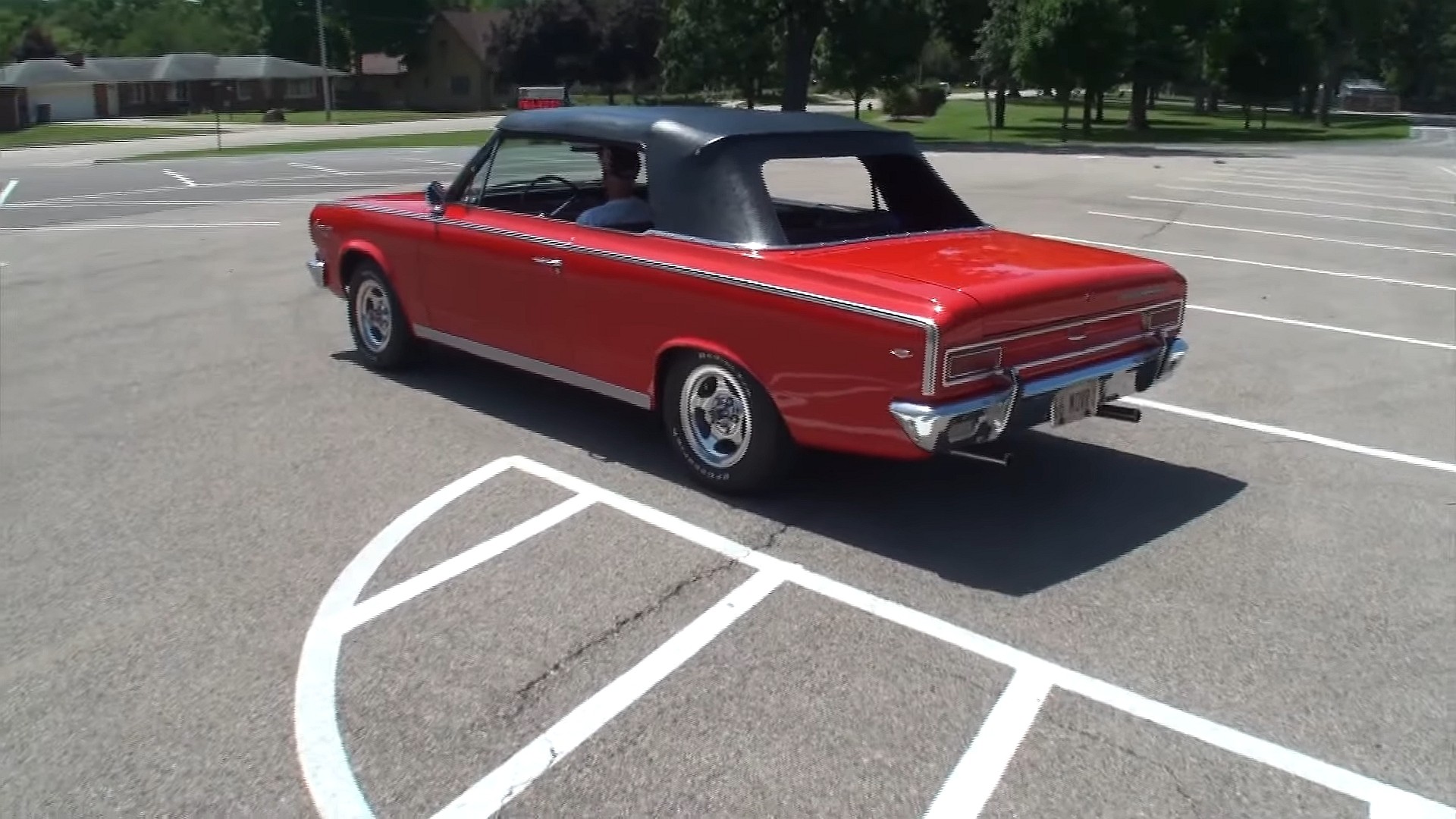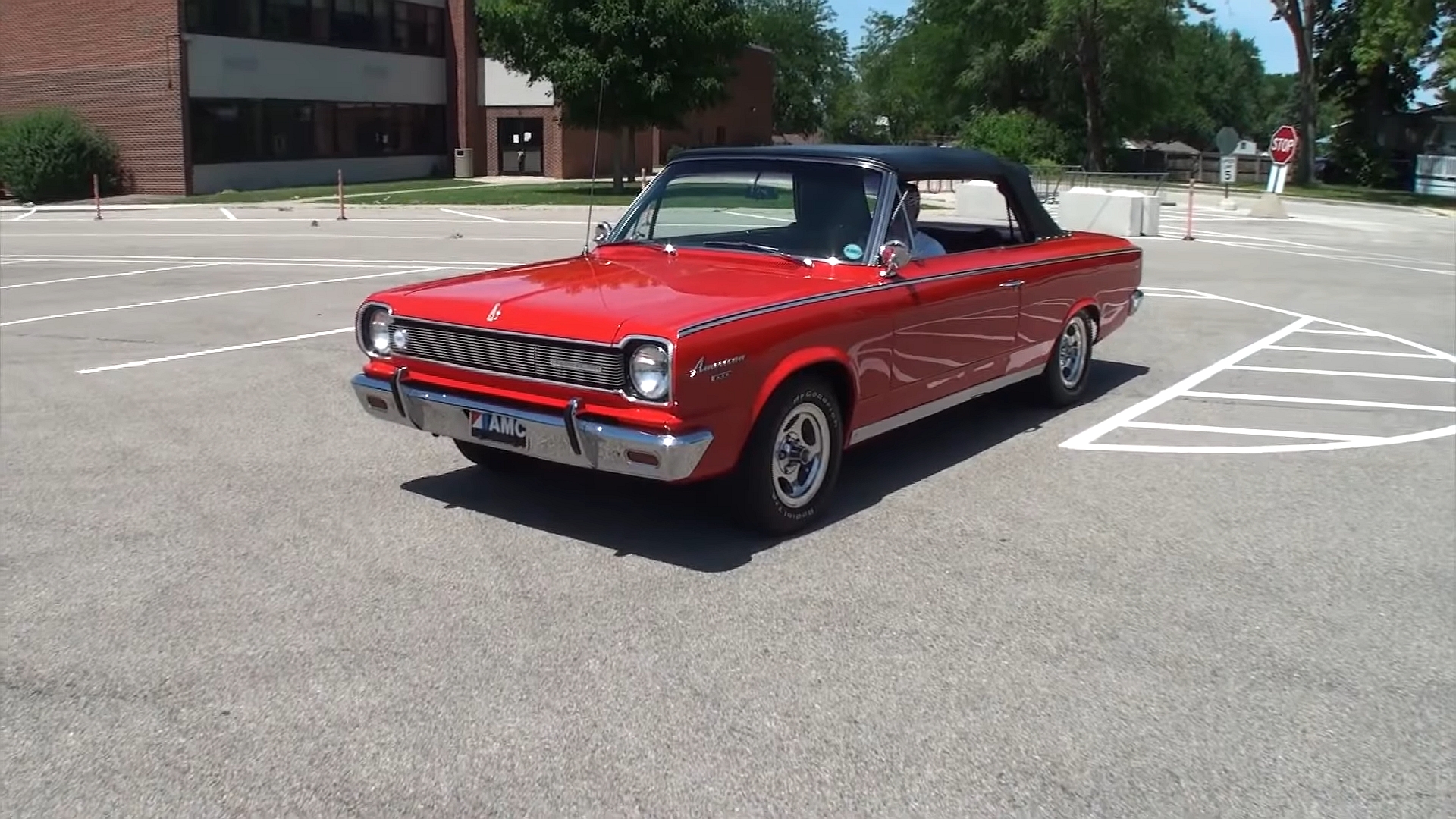With increasingly bigger and more luxurious cars in high demand after World War II, U.S. automakers ignored the compact segment almost entirely in the 1950s. But that changed during the Recession of 1958 and the following years saw all carmakers jump on the compact bandwagon.
Ford introduced the Falcon, Chevrolet launched the Corvair, and Plymouth created the Valiant. Studebaker also joined in on the fun with the Lark in 1959. But the first American-made compact was, in fact, already 10 years old as of 1960. Because while Detroit brands were busy building land yachts, Nash saw the opportunity of a small vehicle and debuted the Rambler in 1950.
Originally a slow seller, the Rambler became a success in the mid-1950s, and the lineup expanded to every body style from coupes and convertibles to sedans and station wagons. When Nash merged with Hudson, the newly formed American Motors Corporation adopted the Rambler and kept it in production until 1969.
But even though it’s the car that kicked off U.S. compact production, the American is not as desirable as other similar vehicles from the era. And that’s a shame because the nameplate spawned a few cool cars, including the high-performance SC/Rambler.
The American you see here is not one of those limited-edition muscle cars, but it’s much rarer than the SC/Rambler. Yes, it might look like a mundane 1966 American convertible, but the engine and transmission layout that’s under the shell makes it a one-of-three gem.

This is one of the cars that was ordered with the 290-cubic-inch (4.8-liter) “Typhoon” V8 that AMC introduced in 1966. A performance-oriented mill, it produced 200 horsepower with a two-barrel carburetor and 225 with a four-barrel setup.
The new mill found its way in only 625 AMCs in 1966, 500 of which were American models. This figure already makes this drop-top a hard-to-find classic, but the numbers narrow even more if we consider the gearbox. That’s because only 50 of the 500 290-equipped Americans were ordered with the four-speed manual. Finally, only three of them were drop-tops.
And it’s probably safe to say it’s the only surviving example, which makes it that much more important. But there’s one more thing that makes this story interesting. Don, who owns the car since the 1990s, says he found the Rambler as a rust bucket at a swap meet.
Surprised that it had a 290 V8 under the hood, he decided to buy it and restore it. Several donor parts and a little more than two years later and the Rambler came back to life as a Concours-ready classic. The drop-top runs as good as it looks, and that’s something you can find out by watching the video below. Hit play and enjoy.
